Battling freezing temperatures and the seemingly constant dark of winter can make it challenging to find inspiration.
But wilderness photographer and Canon Ambassador Valtteri Hirvonen - who spends more than 16 hours of the day in darkness in Finland - has seized this as an opportunity to experiment with shooting new subjects in his personal work.
He reveals how he turned his lens to the night sky and bent the rules of astrophotography to create beautiful, yet unique photos.
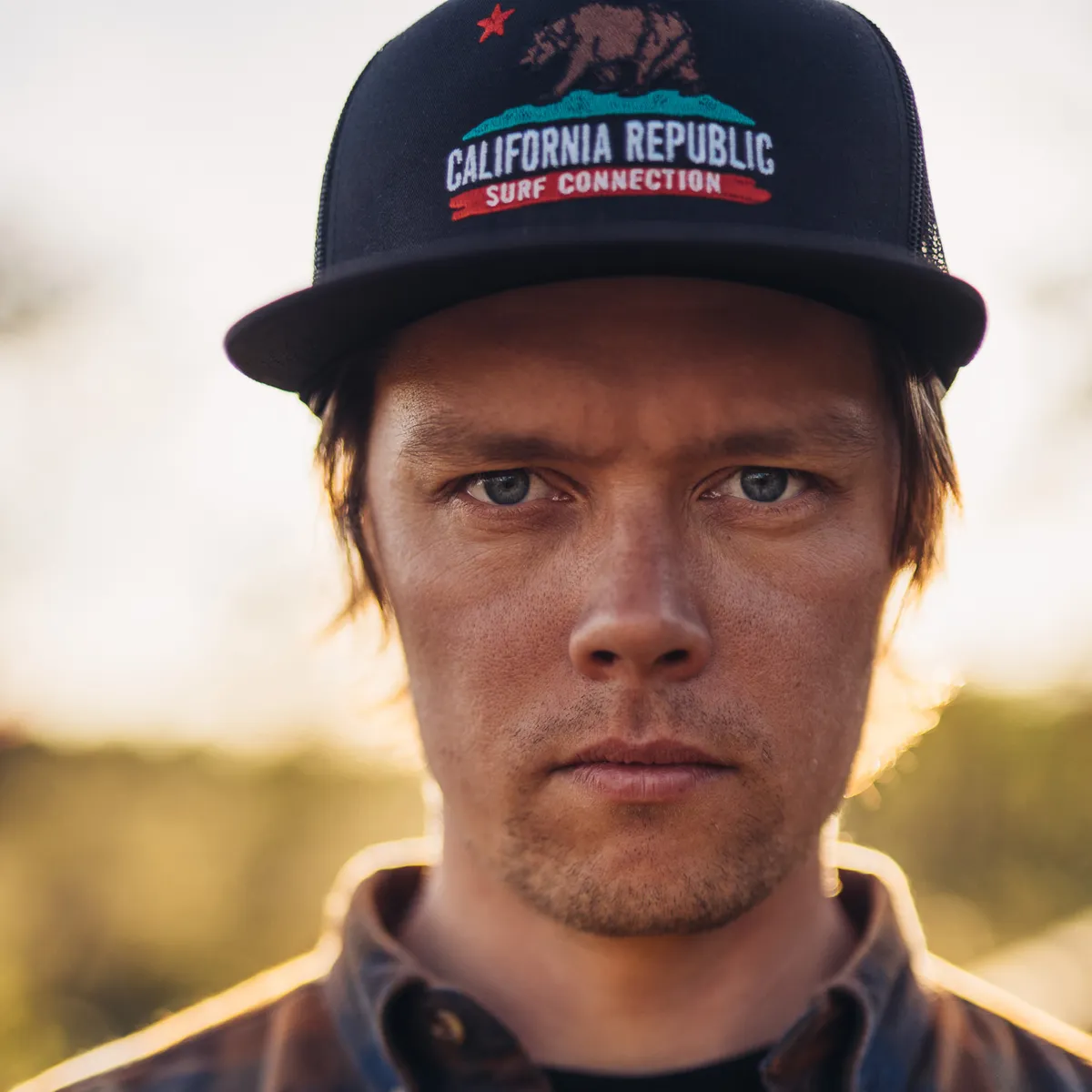
Is it tough being a photographer when you spend so much of your winter in darkness?
In Finland, we spend nearly half the year in darkness, so during the winter months I wanted to find a way to continue pursuing photography in my personal time.
It’s not just my profession, it’s also my hobby.
Like so many other photographers, I had to find ways of working creatively with what is within reach and that’s what ultimately inspired me to shoot the night sky.
Luckily, Finland is a great place for it.
There are so many forests and amazing places where you have great visibility of the stars, so it all came together very naturally.
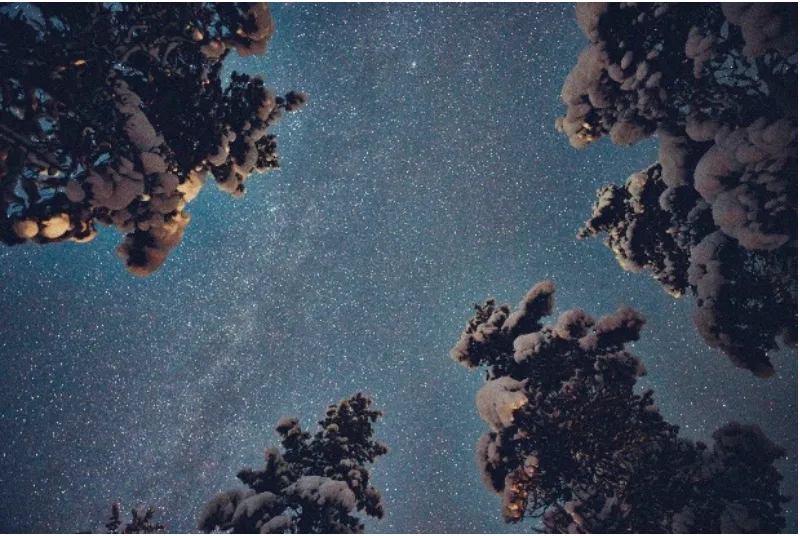
What equipment tips do you have for beginner astrophotographers?
Some astrophotographers will have a lot of gear to help capture really sharp photos and use apps to track the stars or how the world is spinning.
However, I’ve shot a lot of astrophotography in my personal work handheld.
With today’s technology, you can find a way to make it work most of the time.
For astrophotography, you just need a camera with full manual control and a lens with a wide aperture.
Of course, the results between handheld and long-exposure shots taken with a tripod will look very different, but there is great creative potential in trying more artistic approaches, for example with a bit of movement in the shot, you can almost paint with your camera.
How else can people experiment when shooting the night sky?
I love experimenting in my personal work and trying to create something that we don’t really see as much on our social feeds.
For instance, shooting the Northern Lights in black and white or painting with an artificial light source.
I’ve played around with having a light on my drone and using long exposure to create these unusual light trails in the foreground of my images.
Normally people recommend staying away from any distracting light sources, but even if you live in a city or somewhere with a lot of light pollution, you can use it in your shot to create an interesting effect.
In one of my photos of Joshua Tree, you can see the light pollution, but it creates this beautiful gradient from orange to black, which I love.
Even clouds can make the scenery much more interesting – just try to embrace the elements in the frame.
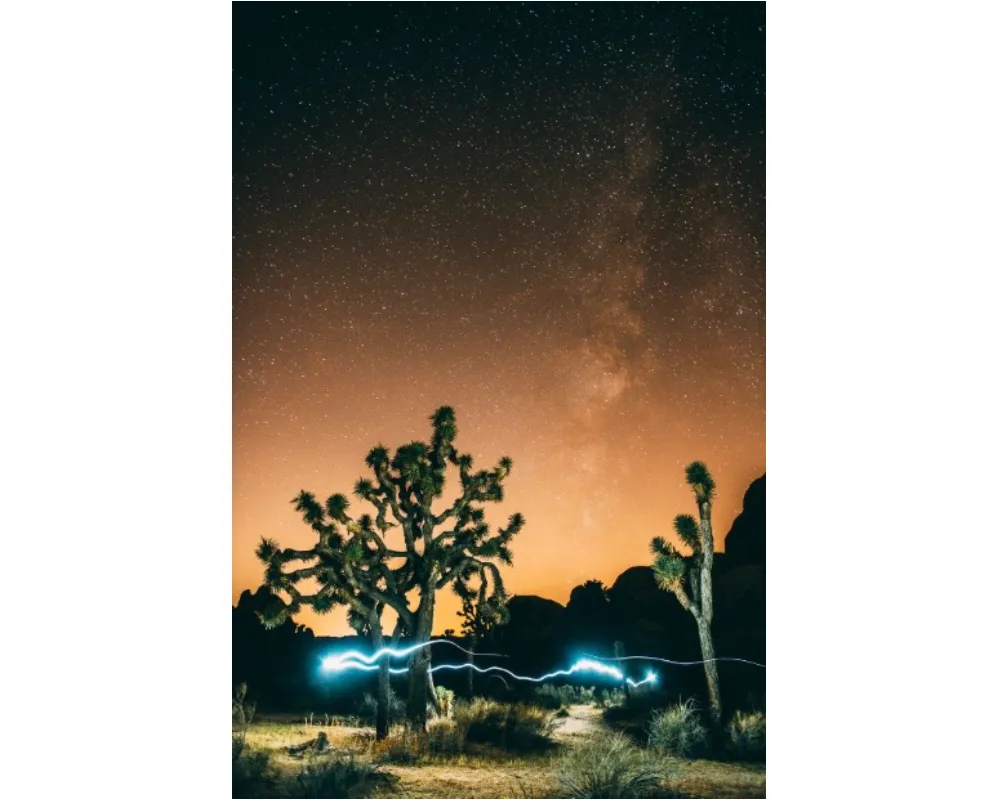
What do you like about shooting during the winter months?
Shooting the night sky makes you forget about time.
On my work shoots there are usually a lot of people and this sense of hustle, but with astrophotography I am out in nature on my own or with one other friend.
I love being in nature, especially during the night. It’s so silent and creates really peaceful moments.
I also love that it forces you to be totally present in the moment.
Living in Finland, I’ve seen the Northern Lights a number of times, but it’s always a surprising and fun experience.
It all happens very fast, so you get a huge adrenaline rush, running to get the shot because it can be over within seconds.
You also don’t know how the images will turn out because you can get different colours each time and that makes it all even better.
When we shoot in darkness, we’re shooting blind so the best thing is creating images that you can’t normally see with the naked eye.
Only a camera can capture the long exposure, amongst other features and that’s what makes these moments magical – the end result is always a surprise.
Where's the best place to do astrophotography?
You can capture astrophotos anywhere. Of course, there are pros and cons to any location.
For example, if you live further south, you have the benefit of having a more consistent night fall which gives you the freedom to shoot all year round, while those of us in the arctic regions are lucky enough to have the Northern Lights.
There are unique astronomical moments everywhere - it’s just knowing how to look for them and then capture them.
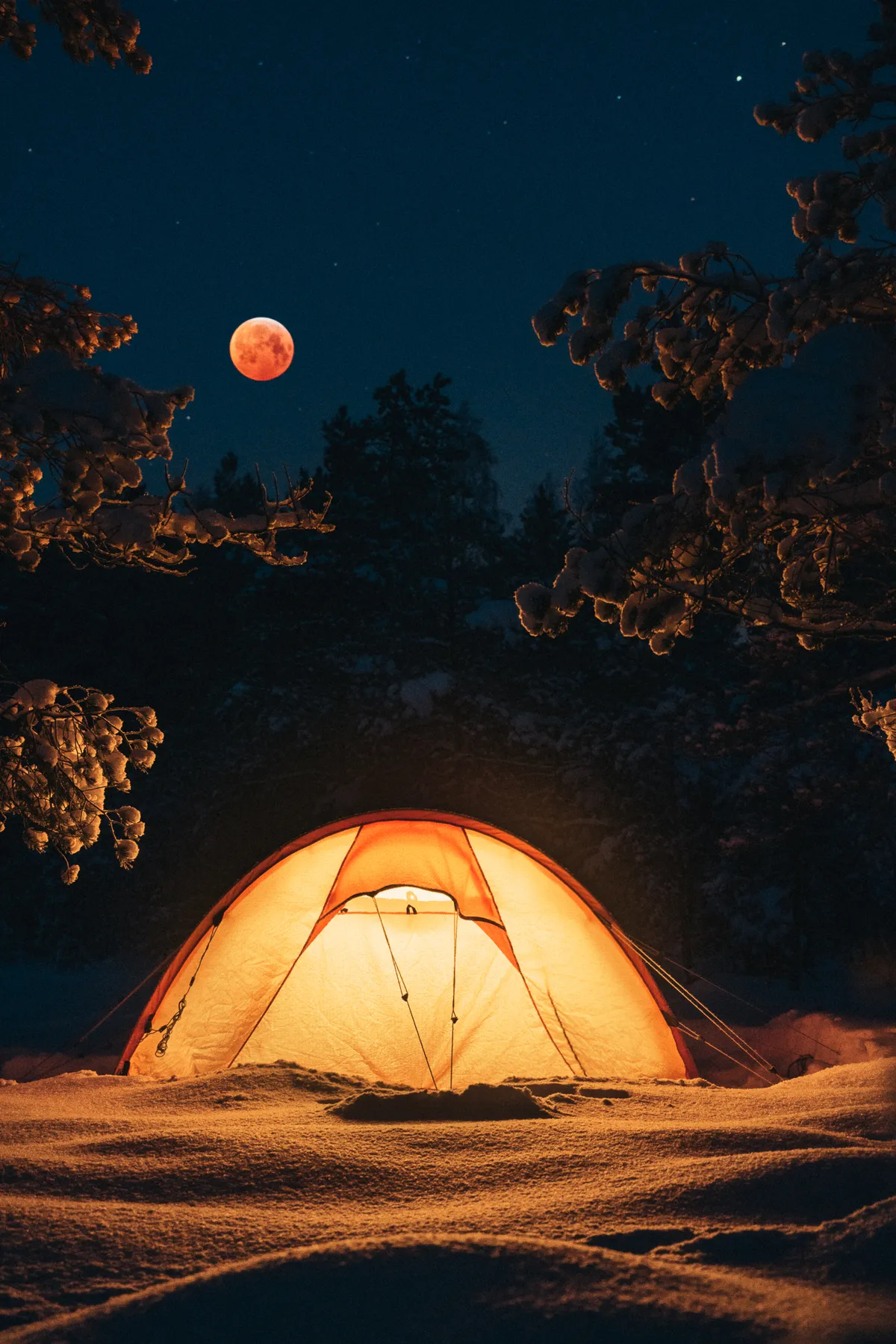
What are some easy objects to start out with when astro imaging?
As a starting point, the stars or Milky Way are easy and interesting subjects to shoot.
You need to be mindful though that it is difficult to photograph them when there is a full Moon, or when the Moon is really bright, so consider the current moon phase before you head out.
Has the advancement of tech has changed the way you shoot?
The cameras launching today are so good that it allows us photographers to capture professional looking shots way more easily.
I don’t just mean the higher end cameras, but even entry level models are sensitive enough to capture the detail of the night sky.
I’ve spoken a bit about handheld shooting – something that wouldn’t have really been as successful in the past – but with the image stabilisation in cameras now, you can get really sharp images.
It’s also making it far more accessible. With mirrorless cameras you have a much lighter and more compact kit bag, which makes the experience much more fun and not so sweaty.
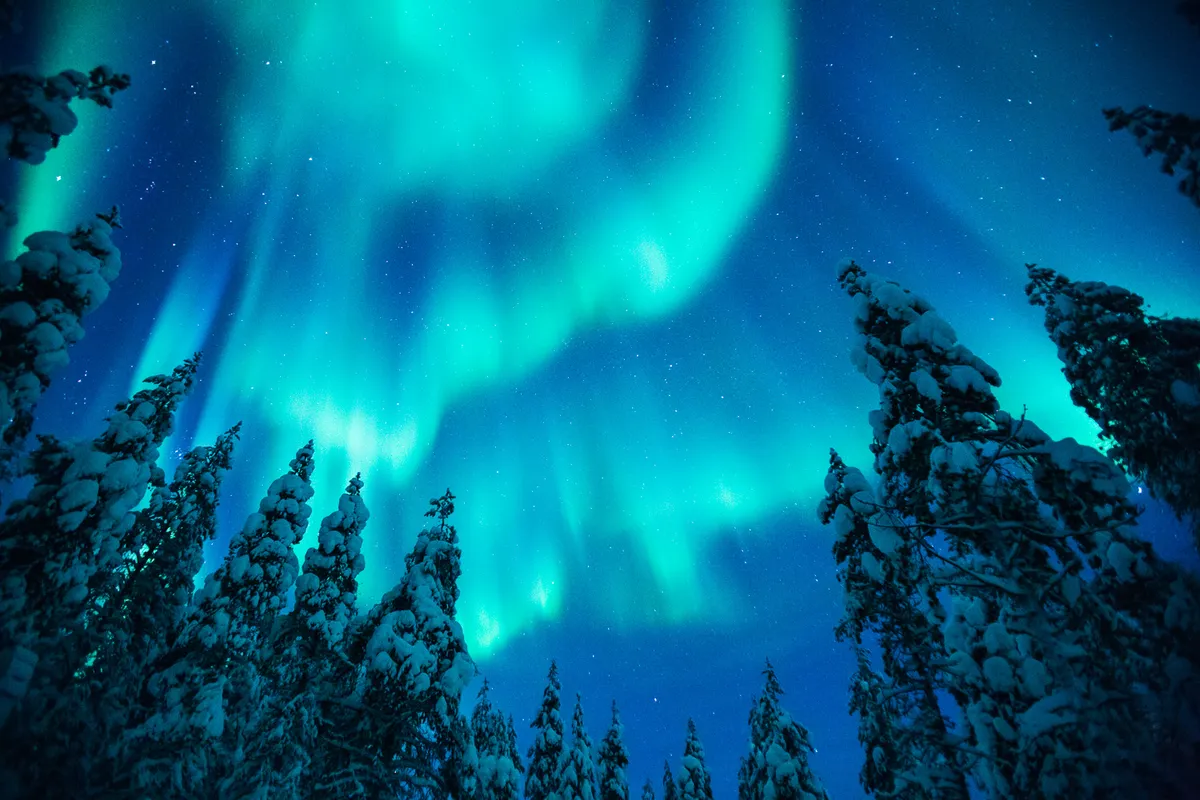
How has your own technique developed through the years?
The basic principles are the same, but the whole experience has changed.The innovation of cameras lets me be more experimental in my work.
Of course, you can now see results much faster.
When I first started, I had to make my experiments and would find out weeks later what went wrong after the film had been developed.
But now I can see it instantly on my screen on the back of my camera – even down to tiny details that add up to help you make the final image.
Apart from technical skills, what else do you need to succeed in shooting the night sky?
I say this for every genre of photography, but it really helps if you master the basic techniques as it frees you to not have to think about it when it really matters.
Give yourself the freedom to experiment, even the things people say you can’t or shouldn’t do such as shaking the camera.
Trust your instincts and push your creativity to achieve new styles.
It also helps to know your surroundings.
I usually go somewhere before it gets dark to wander around before the shoot and figure out where the trees or foreground are.
This helps me to find different elements to create a beautiful shot when its dark.
See more of Valtteri Hirvonen's work via his Instagram and Facebook pages.
